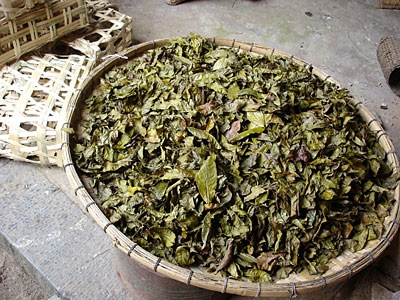On a Beijing Review article
China has set a standard for Chinese puer production that limits the use of the word puer to it’s native growing areas. This standard includes Kunming even though tea is not grown in the Kunming area. I’m not sure how meaningful this standard is in relationship to the domestic market, but for export it is very meaningful when coupled with the requirement in the 2008 export laws that states that all export tea bases must be registered. While it is true that these laws are circumvented by illegal exportation through Hong Kong and through websites that illegally use the mail for exporting tea, it does point to a realization that by the government that intellectual property and brand identity is a vital element in protecting Chinese products.
There were a lot of anger puer producers in 2007 that watched helplessly as maocha came into Yunnan from Fujian, Guangdong, and other areas, and the factories making puer went from a few hundred to thousands. Blending is easy and hard for consumers to detect, and even hard for the many tea shop keepers in China that didn’t have sophisticated knowledge of puer. A lot of people lost a lot of money last year when the puer bubble burst. Now at least the reputable producers have a vehicle for complaint that they didn’t have before.
Here’s the story from Beijing Review…
The standard insists that Puer tea must be made from a special variety of local tea plant in designated area…

The national standards of Chinese Puer Tea is put into practice Monday.
Puer tea is a traditional tea with a regional character. Rules of the State Quality and Technical Supervising Bureau, declare that Puer tea must originate from any of 11 regions and cities, such as Puer City, Xishuang Banna Dai Autonomous Prefecture and Kunming City in southwest China’s Yunnan Province.
Puer tea has been celebrated since the Tang Dynasty (618-907) for its health benefits and curative powers in certain diseases. It has gained international fame in recent years.
The standard insists that Puer tea must be made from a special variety of local tea plant. It can not be called Puer Tea if it is made from outside the designated area.
The national standard of Puer tea will protect and control the tea industry to maintain its high standards of quality.
~Austin
